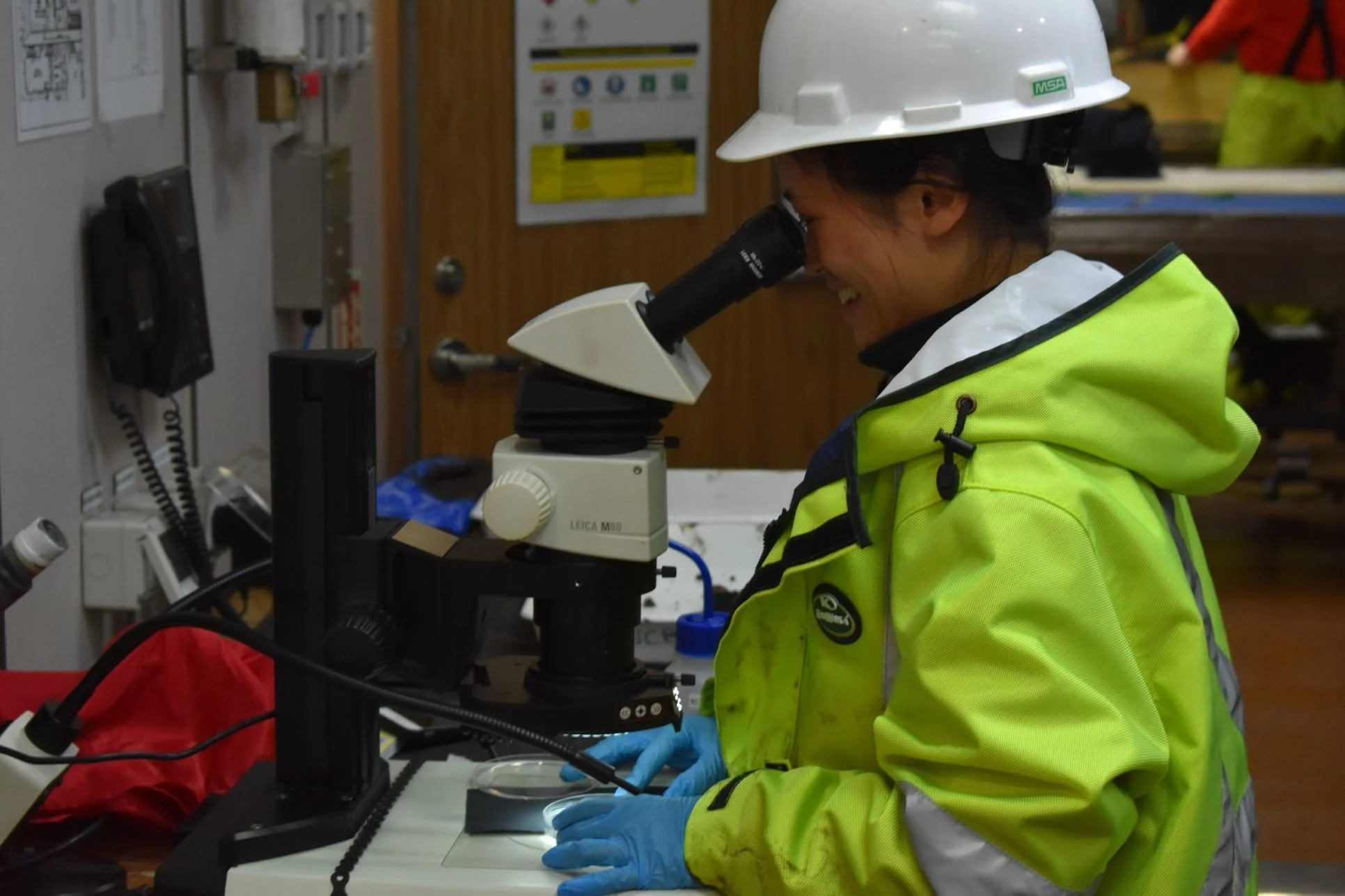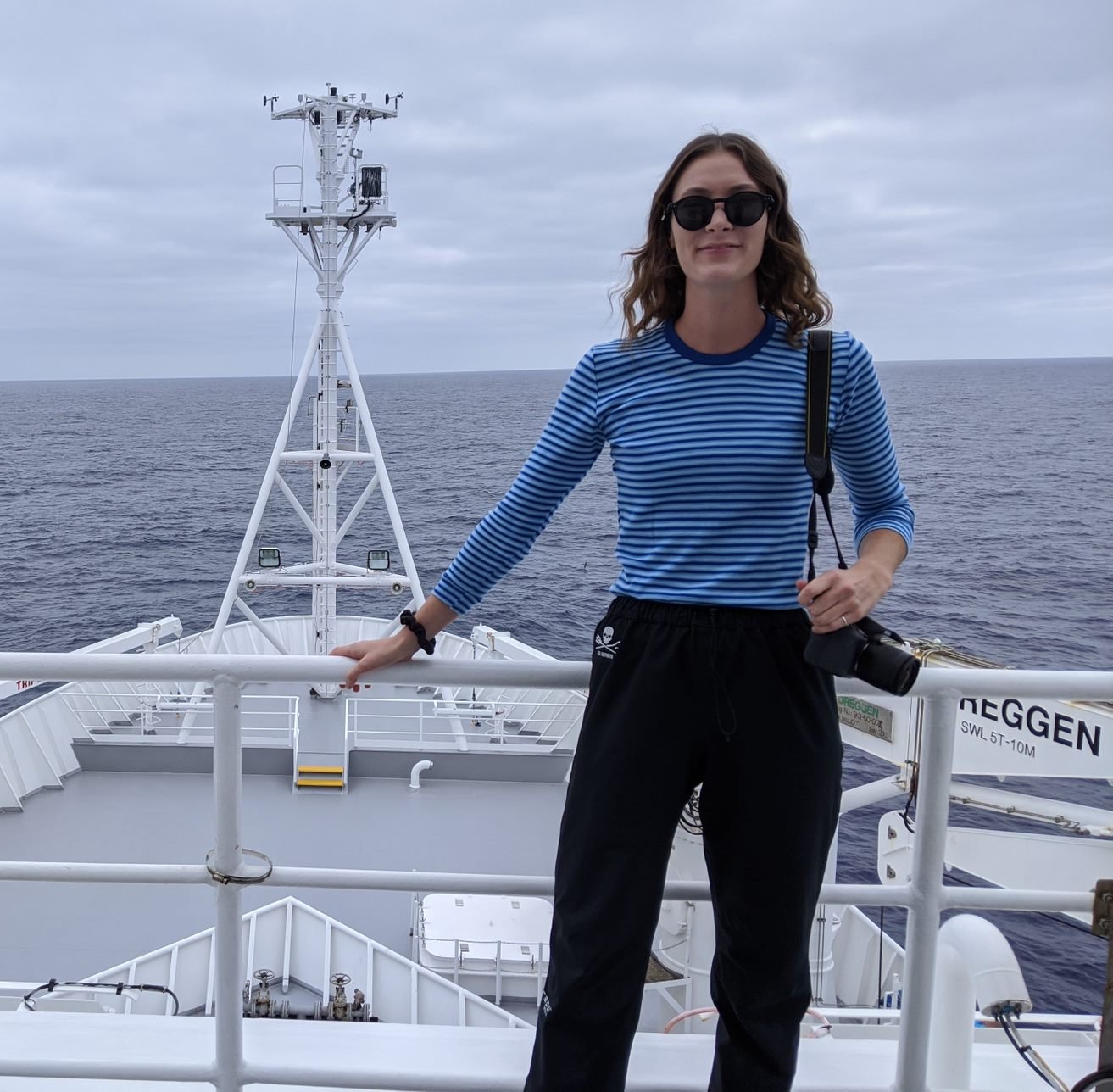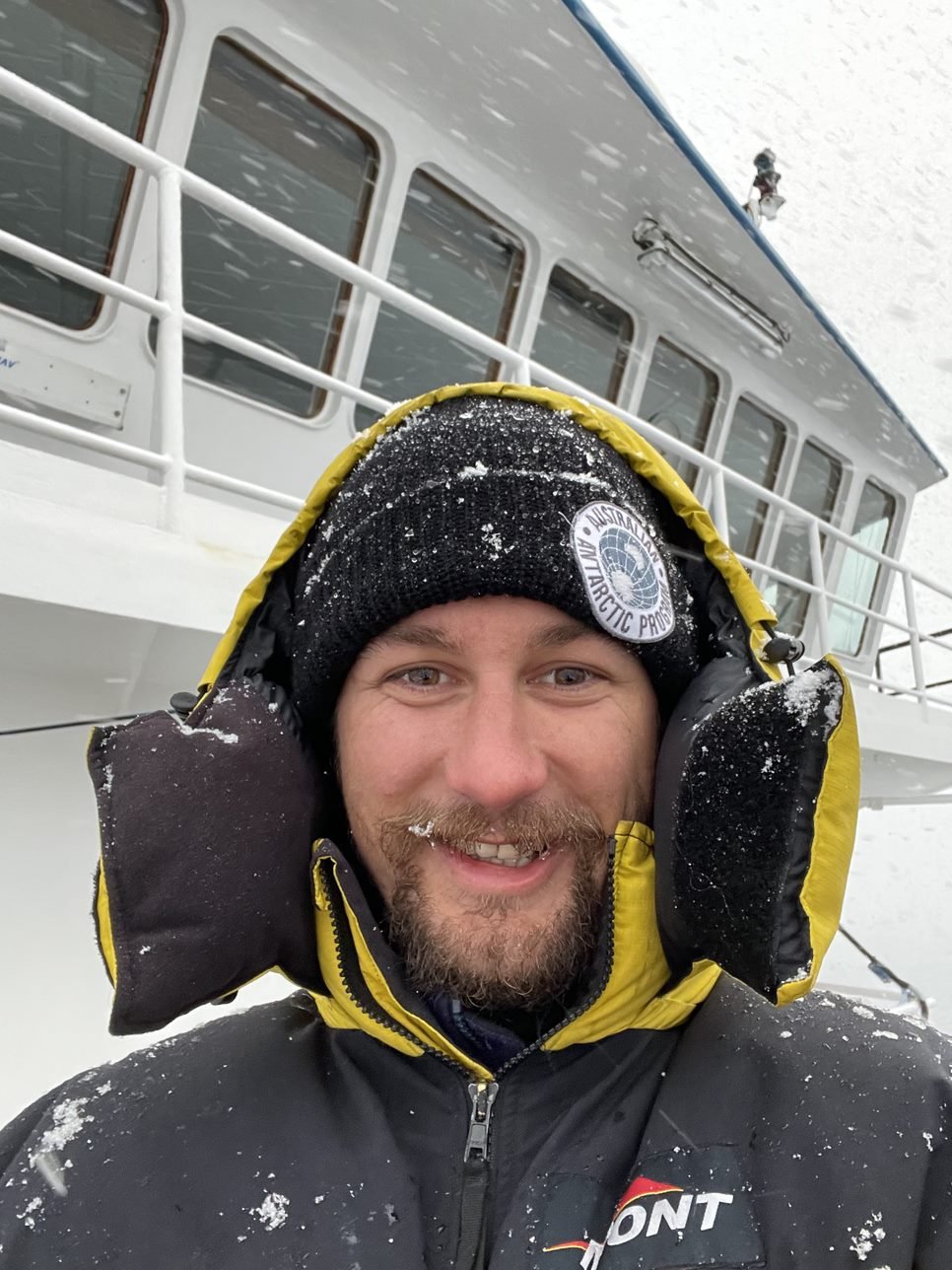Protecting Antarctic wildlife
The glistening bow of a minke whale as it parts the glassy waters, the vapour snort of a Weddell seal’s breath, or the raucous palaver and sulphurous stink of a rookery of crested penguins: Antarctica is alive with sights and sounds of burgeoning life. For all the wonder this continent presents, there are still many questions: is our consumption of krill in competition with its whales? What can the seals tell us of changing oceanic conditions? And how will the sea ice-dependent penguins adapt to retreating nesting grounds? With your support we can discover the answers to these questions and more that have not yet been conceived.
Research topics
At the Antarctic Science Foundation we support research into the spectrum of Antarctic life, from cancer-fighting sea slugs to carbon-cycling whales.
Invertebrates & symbioses
Whether on the land or in the sea, Antarctica’s invertebrates hold many secrets. The largest land animal on Antarctica is, in fact, an invertebrate: Belgica antarctica, a wingless midge no longer than this line: ——. Alongside B. antarctica is a variety of soil denizens: nematodes, earthworms, water bears and rotifers. One special animal, Doris k, is a group of sea slugs to whose number an additional 27 species have newly been added by an Antarctic Science Foundation scholar. Analysed in the lab, the toxic secretions of Doris k have been shown to inhibit the growth of some cancers such as leukaemia.
Seabirds
According to the Antarctic Division, Antarctica receives over a 100 million seabirds through spring, who use the continent as breeding grounds. These birds include albatrosses, petrels, skuas, gulls and terns. And while scientists study these animals in their own right – they are also used as models for studying other systems, such as an ecosystem’s response to the addition and eradication of invasive species, or as indicators for the persistence of pollutants such as DDT and PCBs.
Penguins
Penguins are some of Antarctica’s most charming animals. Out of the world’s 18 species, around half live in the Antarctic and sub-Antarctic coastlines and islands. Since penguins rely on the interface between sea and land, changes in sea ice extent can have dramatic effects on the foraging parents upon whose access to water and food their chicks – the next generation – rely. While the populations of some species are floundering, others, such as gentoo penguins, are flourishing. ASF researchers examine the population dynamics of a variety of penguin species in the context of sea and land ice changes brought about by human influence.
Seals
Antarctica is home to six species of seals: Ross, Weddell, crabeater, leopard, fur and elephant seals. One research project at The Antarctic Science Foundation has co-opted Antarctica’s heaviest seal – the elephant seal – as a scientist: using its incredible diving capacity (over 2 km!) and a suite of attached gear to discover features of Antarctica’s waters and its sea ice that no human scientist could ever learn.
Whales
Antarctic waters carry the largest animal to have ever lived: the blue whale. Sharing these waters are a variety of other species – the sperm, minke and humpback whales – each magnificent and unique. The Antarctic Science Foundation supports science that quantifies and understands these majestic animals as their populations rebound after the dark era of whaling and into a brighter future, of resources shared and balanced such as krill fisheries.
NEWS | Antarctic wildlife
ASF scholars specialised in Antarctic wildlife
Antarctic Glossary
Invertebrate
Any animal lacking a backbone, examples in the Antarctic including nudibranchs, octopuses, insects, round and earth worms
Vertebrate
Any animal with a backbone, including fish, amphibians, reptiles, birds and mammals such as ourselves.
Symbioses
Interactions between organisms, living in close proximity, and usually a benefit to both.
Nematode
A worm in the phylum Nematoda, including roundworms.
Rotifer
A microscope aquatic animal also known as a ‘wheel animal’.
Tardigrade
Also known as ‘water bears’, tardigrades are microscope invertebrates closely associated with moss and/or watery environments.
Persistent Organic Pollutants
POPs are toxic chemicals, such as DDT or PCBs, which adversely affect the health of humans and animals and which persist in the environment.
Seabird
A bird that frequents the sea or coast, including gulls, skuas, albatrosses.
Rookery
The nesting areas for penguins to mate and raise their chicks.
Pinniped
Carnivorous aquatic mammal that includes walruses and seals, the latter group containing two main distinctions: ‘true’ seals and sea lions (fur seals).
Cetacean
Aquatic mammal that includes dolphins, whales, porpoises. Whales are generally further divided into ‘toothed’ (sperm and killer) or ‘baleen’ (humpback and blue).


















